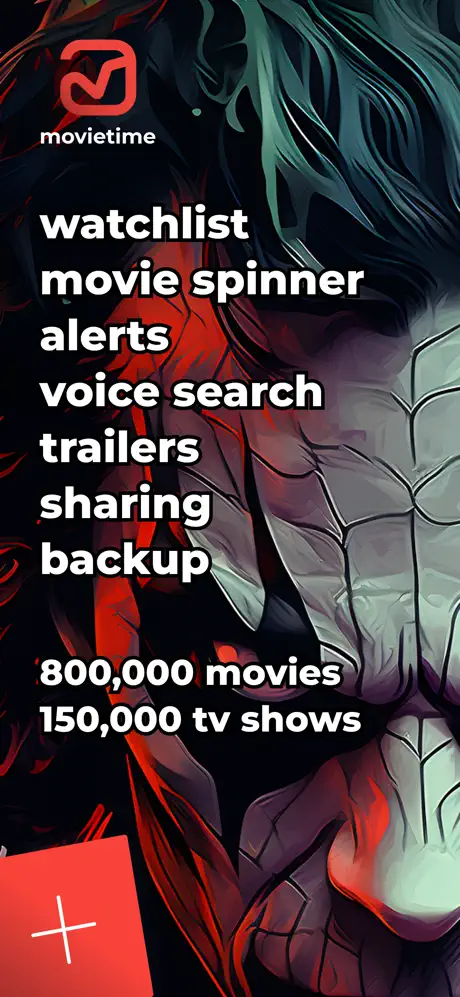Movies possess a unique power to captivate, educate, and inspire. Beyond mere entertainment, they can serve as powerful educational tools, offering valuable lessons and sparking meaningful discussions. Integrating movies into lesson plans provides a dynamic and engaging way to convey complex topics, stimulate critical thinking, and foster a love for learning.
Let’s explore how educators can leverage the cinematic medium to inspire and enrich the educational experience.
Identifying Educational Themes:
Movies serve as dynamic vessels for exploring a myriad of educational themes, ranging from pivotal historical events and groundbreaking scientific discoveries to nuanced social issues and the richness of cultural diversity. Educators hold the key to unlocking the potential within these cinematic narratives by aligning movie selections with curriculum objectives. By strategically choosing films that resonate with the subjects being taught, educators can seamlessly weave powerful visual storytelling into traditional lesson plans. This integration not only reinforces classroom lessons but also propels students into a world of diverse perspectives and experiences, enhancing their understanding of complex topics through the lens of captivating narratives.
Enhancing Visual Literacy:
In an era dominated by multimedia, visual literacy stands as a crucial skill for navigating and comprehending the world. The incorporation of movies into lesson plans serves as a catalyst for cultivating visual literacy among students. Beyond the written word, films encourage students to dissect visual elements, unravel intricate cinematography techniques, and interpret symbolism. This holistic approach to learning not only broadens their appreciation for the art of filmmaking but also sharpens their ability to comprehend and communicate complex ideas visually. Students emerge from such lessons equipped with a refined skill set, ready to engage with and analyze a visually rich world.
Stimulating Critical Thinking:
Movies, with their multifaceted narratives and thought-provoking scenarios, present an invaluable opportunity to stimulate critical thinking among students. Educators can guide this process by posing insightful questions that encourage students to delve into the movie’s themes, unravel character motivations, and scrutinize plot developments. Engaging in discussions on moral dilemmas, character evolution, and cause-and-effect relationships nurtures analytical skills, fostering a deeper understanding of storytelling techniques. Through this cinematic exploration, students not only absorb content but also develop the ability to approach complex subjects with a discerning and analytical mindset.
Fostering Empathy and Cultural Awareness:
The transformative power of movies lies in their ability to transport viewers across time, space, and cultures. By carefully selecting films that explore diverse backgrounds and perspectives, educators can actively foster empathy and cultural awareness in the classroom. Immersed in narratives that vividly depict the human experience in various contexts, students develop a heightened sensitivity to the realities of others. This intentional exposure contributes to the creation of a more inclusive and understanding learning environment, where diversity is celebrated, and cultural awareness becomes an integral aspect of education.
Encouraging Creative Expression:
The aftermath of a captivating movie provides a canvas for students to express their thoughts and emotions creatively. Post-viewing activities can range from writing reflective essays to crafting artistic interpretations or even producing short films. These creative endeavors not only serve as outlets for self-expression but also solidify the comprehension of the material. By encouraging students to translate their reflections into various forms of creative expression, educators infuse the learning experience with a sense of personal connection, making it both enjoyable and personally meaningful.
Connecting Literature to Film:
The intersection of literature and film provides a rich tapestry for educational exploration. Many movies are adaptations of literary works, offering educators a unique opportunity to engage students in comparative analysis. Encouraging students to compare and contrast a book with its film adaptation prompts them to analyze the choices made in the filmmaking process. This exercise deepens their understanding of visual storytelling, allowing them to evaluate the translation of written narratives to the screen. If it makes you wonder “who could write my paper?”, see the link for academic assistance. Through this interdisciplinary approach, educators bridge the gap between two powerful mediums, enriching students’ appreciation for both literature and film.
Exploring Historical Perspectives:
Historical movies, with their vivid portrayal of events, serve as time machines that transport students to different eras. These cinematic representations provide a captivating lens through which to explore historical contexts, cause-and-effect relationships, and the profound impact of societal changes. As students witness history dramatized on screen, they gain a deeper appreciation for the complexities of the past. This immersive experience transforms history from a distant subject to a living narrative, fostering a connection between students and the events that have shaped the world.
Building Character Education:
The narratives of many movies unfold with characters grappling with moral dilemmas, ethical decisions, and personal growth. Educators can harness these narratives to explore character education within the classroom. By emphasizing values such as resilience, integrity, and empathy, movie-based lessons become a conduit for meaningful discussions. These cinematic explorations spark conversations about the importance of character and the profound impact of choices on one’s personal journey. In this way, movies become not just a source of entertainment but a vehicle for instilling values and shaping the moral compass of students.
In conclusion, movies offer a rich tapestry of educational opportunities for both educators and students. By thoughtfully selecting films, incorporating them into lesson plans, and facilitating meaningful discussions, educators can harness the power of cinema to inspire, inform, and enrich the learning experience. From enhancing visual literacy to fostering empathy and critical thinking, movies serve as valuable allies in the quest to create dynamic and impactful educational journeys.






























